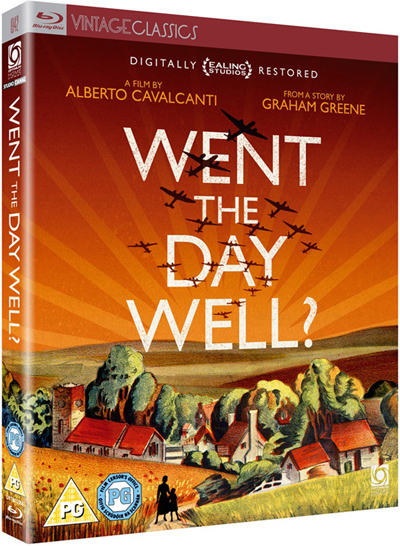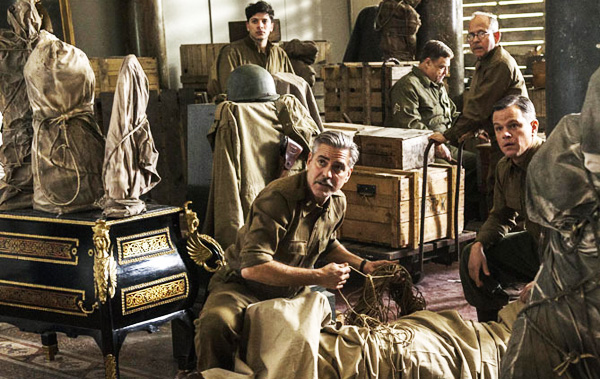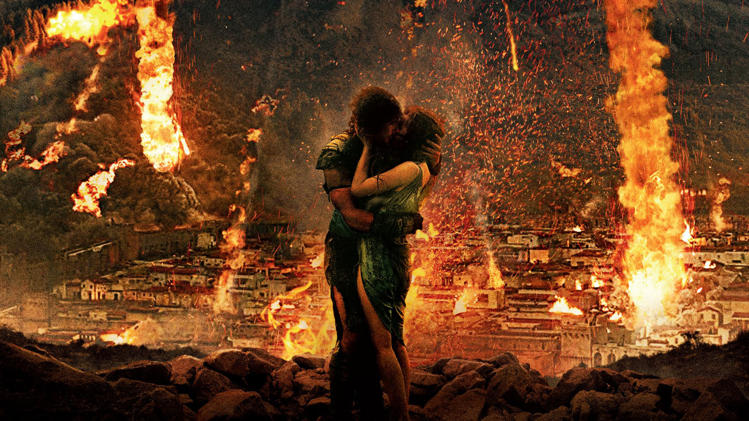
By Robin E. Simmons
 WENT THE DAY WELL?
WENT THE DAY WELL?
Maybe the best movie I’ve seen all summer was recently broadcast on Turner Classic Movies for the first time 70 years after it was initially released.
Based on a 1940 Graham Greene short story (“The Lieutenant Died Last”), this rarely seen, brutal, unexpected and unnerving home front propaganda is front loaded with a visceral paranoia that is much more than a mere wartime conspiracy thriller or a Tarantinoesqe black-comic nightmare. On the surface it is a surrealist masterpiece about a troop of English-appearing army types who are in fact Nazis in the process of taking over the quaint English village of Bromley Greene in 1942.
The title comes from the opening line in a familiar English poem frequently used to honor the dead of WW I and later WW II.
Went the day well?
We died and never knew.
But, well or ill,
Freedom, we died for you.
The film begins with a drive into town and the genial town gravedigger recollecting to the camera the Battle of Bromley Greene. He stands by a memorial in the 13th century church’s cemetery honoring the dead and reflects on the battle of some years past before Hitler was conquered (even though the film was made in the midst of war.) The quiet confidence of good conquering evil is breathtaking. The opening reminded me of the narrator in the play “Our Town.”
The film was released in America as FORTY-EIGHT HOURS, but in fact the story covers 72 hours during the ill-fated German invasion. The movie opens with Nazi officer Ortier (Basil Sydney) parachuting into Bromley and contacting local turncoat Oliver Wellsford (Leslie Banks). They use the movie’s title as a password. Slowly the villagers pick up inadvertent and seemingly benign clues (an Austrian chocolate bar, numbers on a note written in the Continental manner, etc.) about the strange behavior of the British uniformed men living among them. When Mrs. Collins, the postmistress-telephone operator, alerts some of her fellow townspeople, they slowly and methodically are whipped into action, finding ways to subvert the enemy and alert the authorities. The tension and action explode when a group of villagers worshipping in the church are held hostage and the vicar is shot dead when he defiantly rings the church bell as an alarm.
As directed by Alberto Cavalcanti, the big surprise is the savagery of the action, especially after the mild opening in the bucolic setting. Suddenly, Home Guard soldiers are shot on a patrol, and a group of children are set up to be shot in an cold-blooded effort to punish adults for disobeying orders.
The resourcefulness of the townspeople in the defense of their land and homes is relentless and shocking. A Bromley woman sweet talks a German, then throws pepper in his eyes and whacks him with the only weapon handy — an axe. And we root for her. As we do when a society woman grabs a grenade in a willing self-sacrifice to save the lives of others. There’s a righteous vengeance in the improvised, extensive combat that seems very modern – at least in cinematic terms.
Ealing Studios was famous for its comedies in the 1930s. WENT THE DAY WELL? was planned as a piece of simple propaganda to warn the British public about the looming threat of a Nazi invasion. Even though that particular threat had diminished somewhat by the time of the film’s 1942 released, the movie was like an emotional injection that encouraged resilience, vigilance and courage. But even more than that, it celebrated their common bond of “pluck, fortitude and community spirit” on which the Brits prided themselves throughout the war.
 Watching it today, one is reminded of the sanctity and sacred place we call home and that real evil can lurk on our borders. And it is not a paranoid fantasy to be alert to those who, for whatever reason, within or outside our borders, wish to take that away from us. And sometimes the enemy can look almost like us.
Watching it today, one is reminded of the sanctity and sacred place we call home and that real evil can lurk on our borders. And it is not a paranoid fantasy to be alert to those who, for whatever reason, within or outside our borders, wish to take that away from us. And sometimes the enemy can look almost like us.
The movie was filmed (the cinematographer was Wilkie Cooper) in picturesque Turville in Buckinghamshire (just off the B482, if you’re headed there). It’s remains relatively unchanged and is still used occasionally as a movie location. If you have a region free Blu-ray player, there’s crisp clean transfer available on Amazon’s UK site. A DVD is available in the U.S. Ealing Studios. Blu-ray Region 2.
 THE MONUMENTS MEN
THE MONUMENTS MEN
Good intentions and a real historical event that underscored the nobility of our Allied intentions during WW II do not necessarily make a memorable film. This is not one for the ages. This surprisingly weak action drama about a platoon rescuing great art from Nazi thieves never really kicks into overdrive. All the elements are in place: A great cast (George Clooney, Matt Damon, Bill Murray, John Goodman, Jean Dujardin, Bob Balaban, Hugh Bonneville, and Cate Blanchett) trapped behind enemy lines with 1,000 years of culture that Hitler has ordered destroyed in the wake of his falling Reich. There’s too much of an OCEAN’S 11 vibe here in what is not a caper comedy drama. Hmmm, wonder how that happened? Clooney directs from a screenplay by himself and regular writing partner Grant Heslov based on the book by Robert Edsel. Worth seeing but if the subject is of interest, read the superior book for the incredible true story. Sony. Blu-ray.
 POMPEII
POMPEII
It’s a bummer when your girlfriend is forced to marry a corrupt politician and it’s 79 A.D. and you’re a slave who’s become a gladiator and you suddenly realize Mount Vesuvius is blowing its top and you’re out of time to survive the arena, rescue your girl and escape the volcano’s wrath. Or not. This classic sword ‘n’ sandal epic delivers on the premise and it’s in pretty impressive 3D that really kicks in when the mountain goes nuts. Kit Harington and Emily Browning are the good-looking, empathetic leads in this big budget action adventure based on a real volcano that gave “no warning and no escape,” just like the poster says. Sony. Blu-ray.
robinesimmons@aol.com
















































